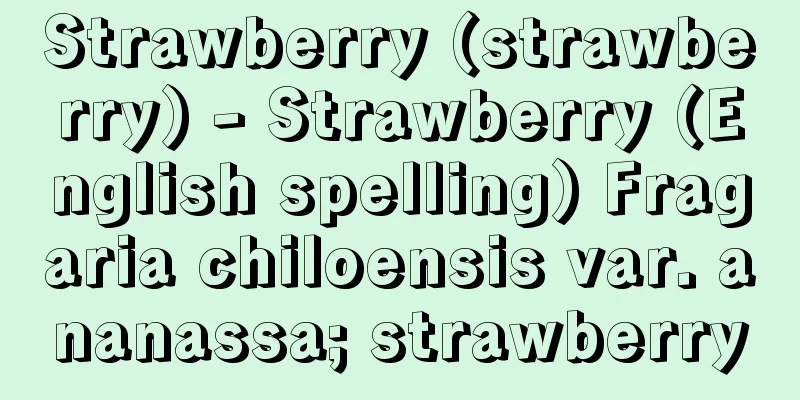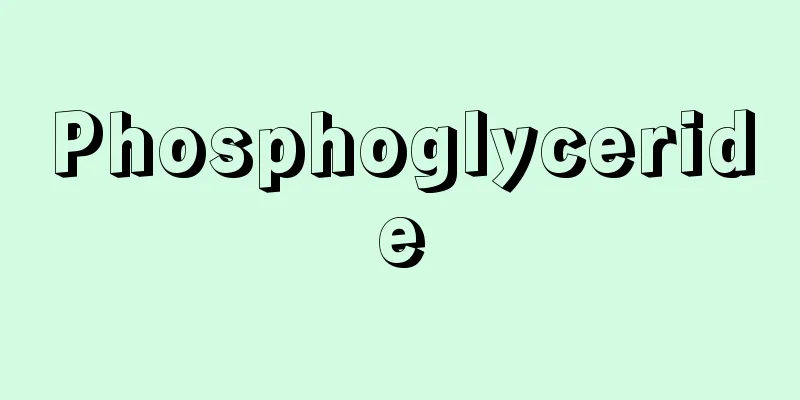Cell wall

|
Regardless of the type of organism or cell, all cells have sugars bound to their outermost surface, and this type of layer is called the cell coat. The sugars can be monosaccharides, oligosaccharides, or polysaccharides. In bacteria, most fungi (except slime molds), algae, and land plants (a collective term for mosses, ferns, and seed plants), several types of polysaccharides are formed and form a well-developed cell coat layer. Such a well-developed cell coat, which is mainly composed of polysaccharides, is called the cell wall. The cell wall was formerly called the cell membrane, but it has now been discovered that there is a very thin membrane, 10 nanometers thick, just inside the cell coat of all cells, regardless of the level of development of the cell coat, and this is now called the cell membrane and is distinguished from the cell wall. If plasmolysis is artificially performed or the cell wall is dissolved and removed with enzymes, it is possible to confirm the existence of a cell membrane independent of the cell wall inside the cell wall. Cell walls are made of various polysaccharides, which can be broadly divided into acidic polysaccharides and neutral polysaccharides. Acidic polysaccharides include pectin (polygalacturonic acid) in land plants and green algae, alginic acid in brown algae, xylan, mannan, and sulfate esters of galactan in red algae, and mannan phosphate esters in fungi. Muraminic acid is a representative acidic polysaccharide in bacteria. Acidic polysaccharides are always contained in the cell envelope of animal cells, even if the cell envelope is not yet developed into a cell wall, so they can generally be said to be the essential substance of the cell envelope. In addition to these acidic polysaccharides, cell walls also contain polysaccharides with relatively simple compositions such as cellulose and chitin, various hybrid polysaccharides consisting of hexose and pentose sugars collectively known as hemicellulose, and proteins (all of which are neutral polysaccharides). All polysaccharides are chain-like polymers with few branches, but in the cell wall, all except cellulose are bound together to form large, cage-like superpolymers. Proteins are also glycoproteins, including enzymes. The above are the properties of the primary wall, but in the xylem, tracheids, and sclerenchyma cells of the vascular bundle, lignin, suberin, cutin, etc. are further deposited to form secondary walls. These are extremely stable polymeric compounds. The deposition of lignin is the cause of the so-called lignification of plant tissues. [Sato Shichiro] ©Masazumi Fujita "> Three-dimensional diagram of a plant cell Source: Shogakukan Encyclopedia Nipponica About Encyclopedia Nipponica Information | Legend |
|
生物の種類、細胞の種類を問わず、細胞はすべてその最外表面に糖が結合しており、この種の層を細胞外被とよぶ。糖は単糖、少糖の場合もあるが、多糖質となっている場合もある。とくに細菌類、粘菌類を除く大部分の菌類、藻類、および陸上植物(コケ植物、シダ植物、種子植物の総称)では、数種類の多糖質が形成されて、よく発達した細胞外被の層となっている。このように多糖質を主成分としてよく発達している細胞外被をとくに細胞壁とよぶ。細胞壁は、古くは細胞膜とよばれていたが、現在では、細胞外被の発達の程度にかかわらず、すべての細胞の細胞外被のすぐ内側に、厚さ10ナノメートルのごく薄い膜のあることがわかったため、これを細胞膜とよび、細胞壁とは区別するようになった。人為的に原形質分離をおこさせたり、酵素で細胞壁を溶解して取り除いたりすると、細胞壁の内側に、それとは独立に細胞膜のあることが確かめられる。 細胞壁はいろいろの多糖質からできているが、大きく分けると、酸性の多糖質と中性の多糖質とになる。酸性多糖質は、陸上植物と緑藻植物ではペクチン(ポリガラクトウロン酸)、褐藻植物ではアルギン酸、紅藻植物ではキシラン、マンナン、ガラクタンの硫酸エステルなどであり、菌類ではマンナンのリン酸エステルが知られている。細菌類ではムラミン酸が代表的な酸性多糖質である。なお、酸性多糖質は、細胞外被が細胞壁として発達していない動物細胞の細胞外被にもかならず含まれているため、一般に細胞外被の本質的な物質であるということができる。細胞壁ではこれらの酸性多糖質のほかに、セルロース、キチンのような比較的単純な組成の多糖質、一括してヘミセルロースと総称されるさまざまの六炭糖、五炭糖からなる混成多糖質、およびタンパク質が付加されている(いずれも中性多糖質)。 多糖質はすべて枝分れの少ない鎖状の高分子であるが、細胞壁の中ではセルロース以外はすべて互いに結合しあって大型の籠(かご)状の超高分子の状態になっている。なお、タンパク質も糖タンパク質であり、これには酵素も含まれている。 以上は一次壁の性質であるが、維管束の道管、仮道管、厚膜細胞などでは、さらにリグニン、スベリン、クチンなどが沈着して二次壁となっている。これらはきわめて安定な高分子化合物である。リグニンの沈着は植物組織のいわゆる木化の原因となっている。 [佐藤七郎] ©藤田正純"> 植物細胞の立体模式図 出典 小学館 日本大百科全書(ニッポニカ)日本大百科全書(ニッポニカ)について 情報 | 凡例 |
Recommend
Tiger - Tiger
A mammal of the Felidae family in the carnivora or...
Tongbai Mountains
Located on the border between Henan and Hubei prov...
Tengu - Tengu
A supernatural creature said to live in the mount...
Polaron
…On the other hand, there are cases where the mot...
"The Complete Works of King Wencheng"
…He returned home without waiting for orders, but...
Electric eel (English spelling)
...In the wild, they hide in the mud on the ocean...
Carcharhinus brevipinna (English spelling) Carcharhinusbrevipinna
...More than 100 species have been recorded in th...
Emperor Qianlong
The 6th emperor of the Qing Dynasty of China (rei...
False polyps - Gipo-rip
…They appear in association with inflammation suc...
Haematopodidae
…Any of the birds in the family Haematopodidae, o...
Rahewin
…Another historical work he wrote in his later ye...
Uimyafutafu Culture
...The pottery from this cultural period is mostl...
Ascocenda
... Ascocentrum was once classified as part of th...
Caprella kroyeri (English name)
A marine animal of the family Caprellidae in the o...
Sentence - Bun
〘noun〙① Decoration to make one's appearance lo...







![Singer [company] - Singer](/upload/images/67cbe7c6de730.webp)

